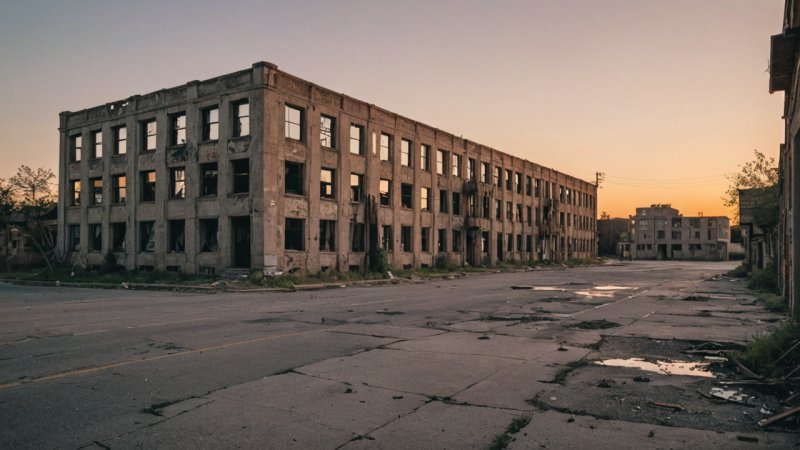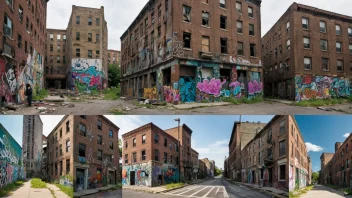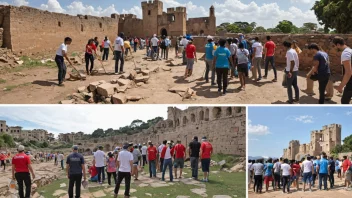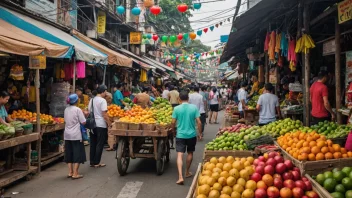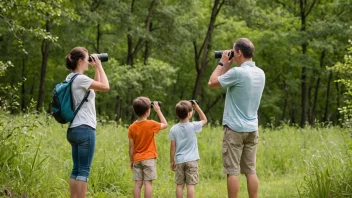In the ever-evolving world of urban exploration, photography plays a vital role in capturing the essence of cityscapes and the stories that unfold within them. To delve deeper into this intersection of art and exploration, we have conducted a fictional interview with Emma Lark, a renowned urban photography expert. Though Emma is a hypothetical figure, her insights reflect the rich experiences and perspectives of real practitioners in the field.
Understanding Urban Exploration
Interviewer: Emma, can you tell us what urban exploration means to you and its significance in photography?
Emma Lark: Absolutely! Urban exploration, or "urbex" as it’s commonly known, is about discovering and documenting abandoned or off-limits places in urban areas. It’s significant in photography because it allows us to capture the forgotten narratives of cities. Each abandoned building or hidden alley has its own story, and through photography, we can preserve these stories visually, creating a dialogue between the past and present.
The Artistic Approach to Urban Photography
Interviewer: What unique techniques do you employ to capture the essence of urban environments?
Emma Lark: I focus on a few key techniques. First, I like to play with lighting—especially during the golden hour when the light is soft and warm. This can dramatically change the mood of a photograph. Additionally, I often use long exposure shots to capture movement within the stillness of urban decay, like the swish of traffic or the flutter of leaves. This contrast highlights the dynamic nature of urban life against the backdrop of still, silent structures.
Ethics in Urban Exploration
Interviewer: Ethical considerations are crucial in urban exploration. How do you navigate these concerns?
Emma Lark: Ethics are paramount. I always ensure that I have permission to access a site, especially if it’s private property. Respecting the space and its history is essential. I also advocate for leaving no trace—taking only photographs and leaving only footprints. This approach helps preserve the integrity of the locations and respects the communities surrounding them.
Technological Impact on Urban Photography
Interviewer: How has technology influenced urban exploration photography?
Emma Lark: Technology has transformed the way we capture and share our experiences. High-quality cameras and drones allow for stunning aerial shots and perspectives that were previously impossible. Furthermore, social media platforms enable photographers to showcase their work to a global audience, which can ignite interest in lesser-known urban sites and foster a community of explorers and photographers. However, it’s a double-edged sword; the more popular a location becomes, the more it risks losing its charm due to overexposure.
Advice for Aspiring Urban Photographers
Interviewer: What advice would you give to someone looking to start their journey in urban photography?
Emma Lark: Start with exploring your surroundings—your own city may have hidden gems. Invest time in understanding your camera and practice different techniques. Most importantly, build relationships with fellow photographers and urban explorers. They can provide valuable insights and tips. Finally, be patient; great shots often take time to find.
The Future of Urban Exploration Photography
Interviewer: Where do you see the future of urban exploration photography heading?
Emma Lark: I believe it will continue to grow in popularity. As cities evolve, so will the stories they tell. There’s an increasing interest in the preservation of urban heritage, and photography will play a pivotal role in this movement. Moreover, I see collaborations between urban explorers, historians, and local communities becoming more common, which will enrich the narratives we capture.
Conclusion
Through our engaging fictional interview with Emma Lark, we explored the multifaceted role of photography in urban exploration. From the importance of ethical practices to the influence of technology, Emma's insights provide a roadmap for both aspiring and seasoned urban photographers. As we continue to navigate the urban landscapes around us, let us remember the stories waiting to be told through our lenses, capturing the fleeting moments that define our cities.
